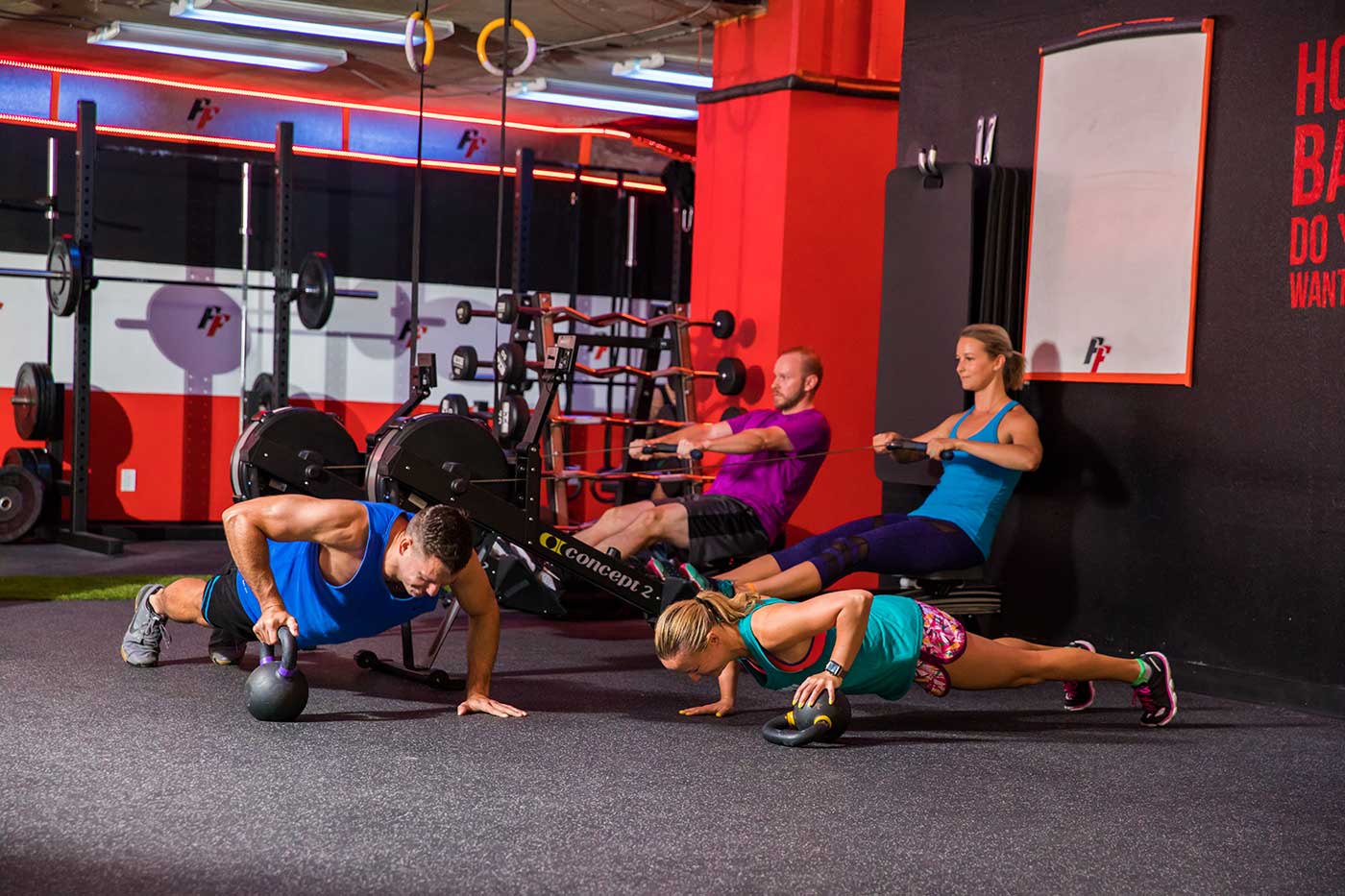

Intensity isn’t the most important factorĭespite the rising trend of high-intensity functional workouts, this type of training doesn’t have to leave you sobbing in a pool of your own sweat… “Functional training is often associated with an extremely high intensity and taking people to breaking point but it doesn’t have to be done at our maximal efforts,” says Lee. Even elite athletes can benefit from functional training for improvements in postural stability and kinetic chain mobility, helping them move more efficiently.” “This type of training establishes postural stability and makes sure that each joint in the kinetic chain is stable or mobile at appropriate times. “The biggest benefit of functional training is that it is appropriate for all fitness levels and can be done in a variety of settings, both with and without exercise equipment,” says Gagliardi. But pitched at a safe and effective level, yes – functional training can be suitable for everyone.” "If these things are not matched to an individual’s skill and fitness level, it may cause issues. “Like all training methods, the complexity, intensity, frequency, and load help determine its suitability, “says Lee. "You might be able to incorporate functional training exercises into your warm-up or cool-down, or even into the conditioning phase of the workout." "Deciding to include functional exercises in your training doesn’t mean you need to ditch everything you're currently doing," explains Chris Gagliardi, ACE (American Council on Exercise) Scientific Education Content Manager. You can also add elements of functional training into your existing exercise plan. Functional exercises can be easily adapted to suit different fitness levels." The squat itself is a brilliant functional exercise. Good functional exercises use total body movements that replicate relevant movement patterns from your life or sports. “The exercises are not all extremely challenging, requiring an elite skill level,” says Lee. It’s not all flipping tyres, handstands and battle ropes…Ĭontrary to what you might see on the 'Gram, you don’t have to be pushing a heavy sled to be performing functional movements. We can see that strengthening the muscles around those same joints is going to minimize her risk of injury when it comes to picking up her child.” You can replicate this movement pattern on the gym floor with a deadlift. That task will require movement of the ankle, knee and hip – a squat-type pattern – to lift the load. “When you train the right muscles correctly and frequently, you also decrease your risk of getting injured when undertaking everyday activities.”Ĭhris Wright, Head of Strength and Conditioning at Loughborough University in the UK, agrees: “Think about a mother who needs to pick her child up off the floor. “Functional training enhances your ability to perform other activities outside the gym, whether that’s simply being able to get up off the couch or improve your golf swing!” says US-based Trainer Kenta Seki. Why should you include it in your fitness regime?

Essentially, it’s training that doesn’t work muscles or movements in total isolation.”

“Functional training provides strength and mobility that is transferrable to other tasks. “It uses exercises that replicate total body movements and patterns seen in sports and daily activities in general,” says Rob Lee, Physiotherapist and Les Mills Technical Consultant. Functional training incorporates multi-joint movement patterns to keep us fit and strong for everyday life.


 0 kommentar(er)
0 kommentar(er)
